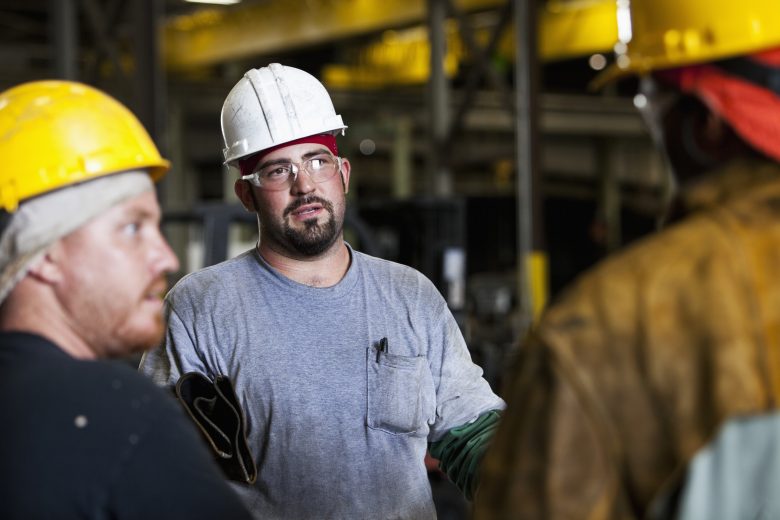Anyone tasked with holding regular safety meetings has run into the problem of exhausting the usual topics. After going on and on about the same safety issues for months on end, they realize that workers have started to tune out.
This is especially true for worksites that conduct several short toolbox talks per week. It’s not hard to see why. Most workplaces have a few big pressing issues of workplace safety that become the topics for toolbox talks. But there are only so many ways you can spin the same topic before things start to get repetitive.
According to a toolbox talk improvement guide, this problem is the result of thinking too narrowly about what should be included in the talk.
The first step in solving the problem is to recognize that one of the big secrets behind effective safety meetings is that they aim to raise safety awareness. And they can do that by talking about all sorts of different safety issues.
As the guide points out, toolbox talks should cover more than just compliance topics. Discussing broader safety concerns like human error can better engage employees, address specific safety problems and keep safety meetings fresh.
Here’s an excerpt from Tip #11:
When someone doesn’t follow a procedure they’re often categorized as “rule-breakers” who are deliberately ignoring rules. But it’s important to remember that nobody is ever trying to get hurt.
When a rule is broken it’s most often the result of a worker’s state of mind that has clouded their judgment, a lack of good habits or reminders, or overall organizational complacency—all of which are good toolbox topics.
If your toolbox talks aren’t dealing with the states of mind that lead to rules violations and a whole lot of injuries and close calls then your safety meetings have a big blind spot.
There’s an additional benefit to widening the scope of toolbox talks. It’s well-documented by the NSC and other organizations that most people get hurt off the job. When safety meetings only cover job-specific safety requirements, like LOTO procedures or reminders on how to use a piece of heavy equipment, it does little to heighten workers’ safety awareness when they leave the workplace.
However, using these talks as an opportunity to discuss human error and other universal safety issues can have a much more profound effect on personal safety and the safety culture. The mental states and other human factors that cause workers to make mistakes on the job can also lead them to get hurt at home and on the road.
As the free toolbox talk guide notes, talking about issues like this in safety meetings can make employees safer around the clock. Keeping safety discussions from becoming stale while also making them more effective? Turns out that covering a wider range of topics is an effective way to shake up safety meetings. Check out these 12 months of toolbox talk topic suggestions to help you get started.

